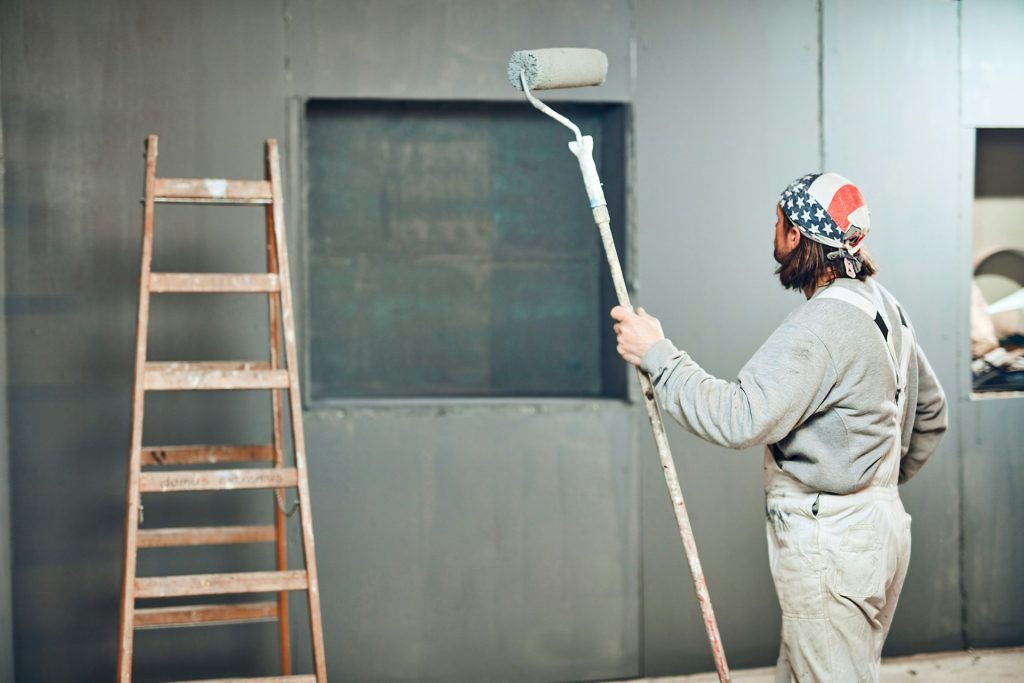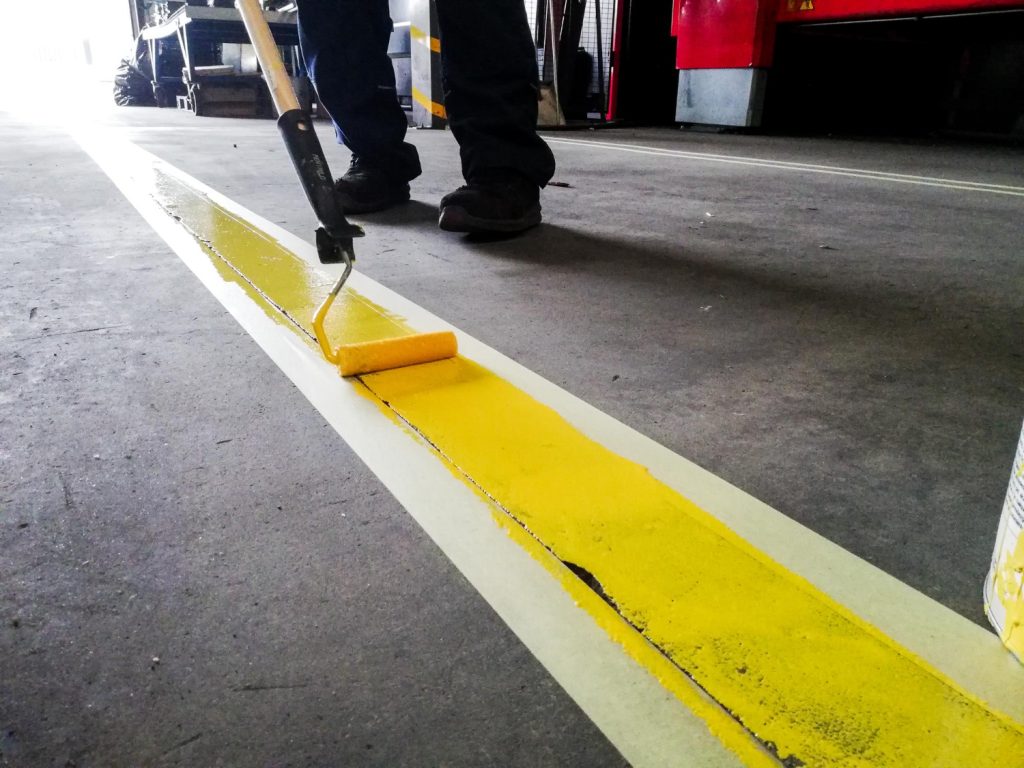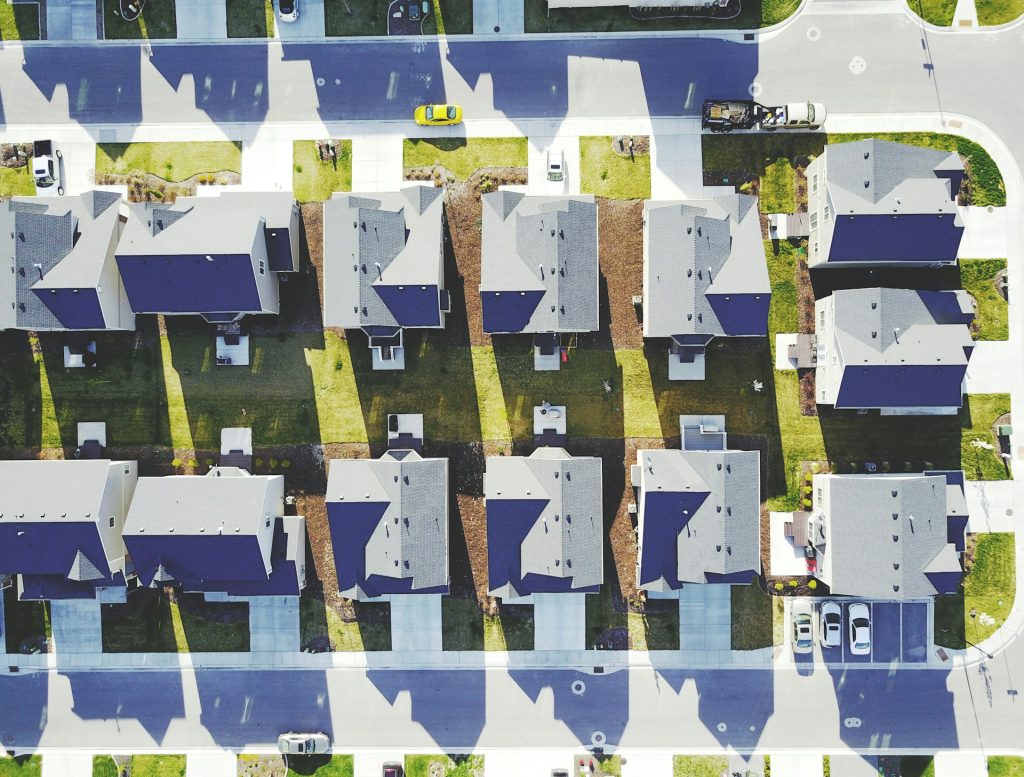Maintaining Defence Housing communities in Perth is crucial for preserving the quality and comfort of these shared living spaces. Regular upkeep not only enhances the overall living experience but also ensures that all facilities remain in peak condition, benefiting residents and operations alike.
Defence Housing communities face unique challenges due to the collective nature of living arrangements, which means that every area must be kept in top shape to prevent disruptions. Maintenance tasks range from routine cleaning and repairs to more specialised tasks like exterior painting and graffiti removal. Each of these tasks contributes to the safety and appeal of the community.
By implementing consistent maintenance practices and focusing on both common areas and private spaces, Defence Housing communities can thrive. A well-maintained environment not only provides a pleasant living experience for residents but also reflects the care and professionalism expected in government housing initiatives. These efforts ensure the longevity and sustainability of these important residential communities.
Understanding the Importance of Regular Maintenance in Defence Housing
Regular maintenance in Defence Housing is vital for keeping these communities efficient and comfortable for all residents. These environments see a high level of daily activity, which means wear and tear happen more quickly than in other types of housing. This makes timely and consistent maintenance absolutely essential. Firstly, consistent upkeep helps avoid major repairs that can be costly and disruptive. By addressing minor issues before they escalate, Defence Housing can maintain safe and functional spaces without unplanned interruptions. This is crucial for the wellbeing of residents who rely on smooth operations and a stable living environment. Secondly, well-maintained properties enhance the aesthetic appeal and value of the community. Whether it’s neat and tidy common areas or freshly coated walls, attention to detail makes a big difference in how residents and visitors perceive the environment. It’s important for these spaces to reflect the level of care and commitment expected in government housing. Lastly, regular maintenance contributes to compliance with regulatory standards. Defence Housing must adhere to strict guidelines to ensure everyone's safety and comfort. Keeping properties in top condition through scheduled inspections and prompt repairs helps in meeting these requirements. By understanding these key aspects of maintenance, Defence Housing communities can ensure longevity and foster a positive living experience for everyone involved.Essential Maintenance Tips for Common Areas
Common areas in Defence Housing require special attention due to their frequent use and shared nature. Implementing effective maintenance strategies can ensure these spaces remain safe and welcoming. Here are some essential tips:- Routine Cleaning: Ensure regular cleaning schedules for lobbies, corridors, and shared facilities. This involves sweeping, mopping, dusting, and waste disposal to maintain hygiene and appearance.
- Lighting Checks: Regularly inspect and replace faulty bulbs in common areas. Proper lighting is essential for safety and convenience, preventing accidents and ensuring visibility.
- HVAC Maintenance: Inspect heating, ventilation, and air conditioning systems frequently. Clean and service these units to ensure efficient operation and a comfortable climate.
- Graffiti Removal: Set up a fast-response plan for graffiti removal to maintain a clean and inviting environment. Quick action discourages vandalism and keeps common spaces looking their best.
- Landscaping Services: Regularly trim and maintain lawns, gardens, trees, and shrubs. This ensures outdoor areas remain attractive and safe for residents to enjoy.
- Pest Control: Implement regular pest inspections and control measures. This helps in preventing infestations and ensuring the health and comfort of everyone in the community.
Preserving Exterior and Interior Paintwork
One key aspect of maintaining Defence Housing is preserving the quality of both exterior and interior paintwork. Paint not only enhances the aesthetic appeal of housing but also serves as a protective layer against environmental factors. For exteriors, it's crucial to conduct regular inspections to check for peeling or faded paint. The harsh Perth climate can be tough on surfaces, with UV rays and occasional heavy rains leading to wear and tear. Ensure timely repainting to prevent exposure of the underlying material to the elements, which can cause damage over time. Using high-quality paint specifically designed for weather resistance can significantly extend the lifespan of an exterior surface. Interior paintwork faces different challenges, such as daily wear and potential marks from frequent use in common areas. Regular cleaning of walls with appropriate cleaning agents helps maintain cleanliness without damaging the paint. Plan for periodic touch-ups to address any scuffs or discolouration, keeping interiors looking fresh and welcoming for residents. Additionally, consider the impact of communal activities on painted surfaces. Areas like hallways and recreation rooms may require more frequent attention due to higher traffic. Make use of protective coatings that can help withstand repeated contact, ensuring longevity while reducing the need for frequent repainting.Creating a Proactive Maintenance Schedule
Developing a proactive maintenance schedule is essential for the efficient management of Defence Housing communities. A well-structured plan helps prevent issues before they arise, ensuring that maintenance does not disrupt daily life.- Regular Inspections: Schedule routine inspections of all facets of the community, including paintwork, common areas, and utility systems. Identifying potential problems early allows for timely interventions.
- Seasonal Checklists: Use seasonal maintenance checklists to address weather-specific challenges. For example, summer inspections may focus on UV damage, while winter check-ups might concentrate on dampness and mould prevention.
- Priority Setting: Establish maintenance priorities based on urgency and impact. High-traffic areas and critical infrastructure should be at the top of the list, ensuring they remain in optimal condition.
- Staff Training: Ensure maintenance staff are well-trained in identifying issues and carrying out repairs. Provide ongoing education about the latest maintenance techniques and safety practices.
- Documented Procedures: Develop clear documentation for maintenance tasks, timelines, and responsibilities. This ensures all team members are informed and able to execute the maintenance schedule effectively.





